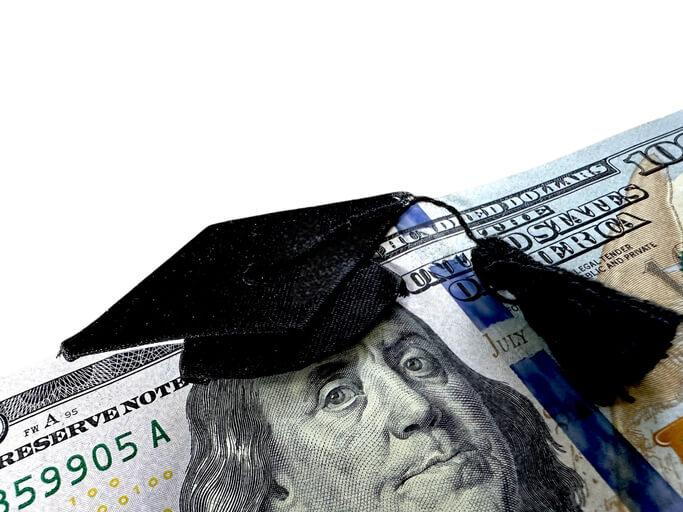
- posted: Nov. 26, 2013
Outstanding student loans in the United States topped $1 trillion in 2011, which now exceeds the amount of credit card debt held by all Americans. That does not tell the story of the struggling college graduate whose education has yet to pay off in a lucrative job, even as the person is being told to pay back huge tuition loans.
In fact, a Wells Fargo survey of college graduates under age 32 found that for half of them, a windfall of $10,000 would immediately be used to pay down their college loan debt. For many, this is because they are on the verge of or are already in bankruptcy. However, under most conditions of bankruptcy, those loan obligations cannot be disposed of as with other types of debt in either a Chapter 7 or Chapter 13 filing.
It is possible to get debts discharged or reduced in bankruptcy based on the “undue hardship” standard. This can be applied when the size of the loan is simply unmanageable, given the financial conditions of the borrower. Some points to consider about use of the hardship rules:
- If you can demonstrate that your income is very low and is likely to remain there, keeping you in a continuous state of poverty, a discharge may be granted.
- A court may favorably consider an applicant’s acting “in good faith” by exploring all other means of managing the debt.
- The court’s ruling is subjective: One judge may be more forgiving of circumstances than another judge.
The fact that hardship rulings are subject to a judge’s discretion, not based on a particular schedule of conditions or formulas, illustrates why hiring a bankruptcy lawyer can be an educated decision.

- posted: Nov. 26, 2013
Outstanding student loans in the United States topped $1 trillion in 2011, which now exceeds the amount of credit card debt held by all Americans. That does not tell the story of the struggling college graduate whose education has yet to pay off in a lucrative job, even as the person is being told to pay back huge tuition loans.
In fact, a Wells Fargo survey of college graduates under age 32 found that for half of them, a windfall of $10,000 would immediately be used to pay down their college loan debt. For many, this is because they are on the verge of or are already in bankruptcy. However, under most conditions of bankruptcy, those loan obligations cannot be disposed of as with other types of debt in either a Chapter 7 or Chapter 13 filing.
It is possible to get debts discharged or reduced in bankruptcy based on the “undue hardship” standard. This can be applied when the size of the loan is simply unmanageable, given the financial conditions of the borrower. Some points to consider about use of the hardship rules:
- If you can demonstrate that your income is very low and is likely to remain there, keeping you in a continuous state of poverty, a discharge may be granted.
- A court may favorably consider an applicant’s acting “in good faith” by exploring all other means of managing the debt.
- The court’s ruling is subjective: One judge may be more forgiving of circumstances than another judge.
The fact that hardship rulings are subject to a judge’s discretion, not based on a particular schedule of conditions or formulas, illustrates why hiring a bankruptcy lawyer can be an educated decision.




